The pink and white album: Amazing albino animals
Photo Gallery: Amazing Albino Animals
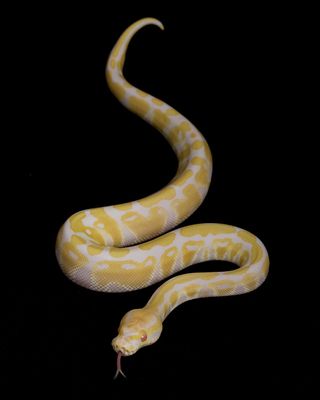
Albinism is defined by a lack of pigmentation in the skin, eyes and hair. Depending on the animal, albinism expresses itself to varying degrees, such as the albino python, which has yellow patterns instead of the standard brown. Animals that are unusually snowy-white but do not have red eyes are not albino, however. A different, rare genetic disorder known as leucism causes reduction in pigmentation in the skin and hair, but does not affect eye color.
Kangaroo
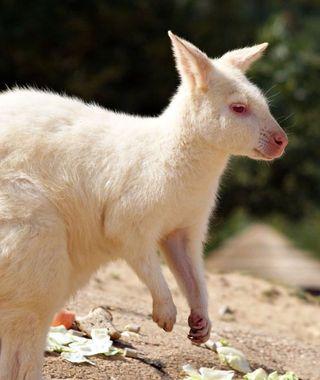
Unlike the kangaroo's usual dark caramel or gray fur color, those born as albinos have white fur and pink eyes, paws and muzzles.
Squirrel
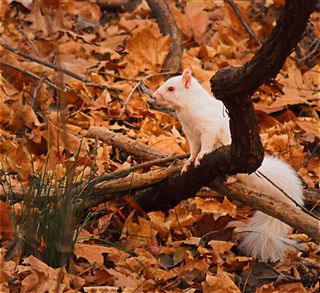
Albino squirrels are quite popular in some parts of the United States. Olney, Ill., is one of the towns that calls itself "Home of the White Squirrels," along with Marionville, Mo., and Brevard, N.C. The township of Kenton, Tenn., proudly boasts a population of 200 of the furry, pale rodents.
Deer
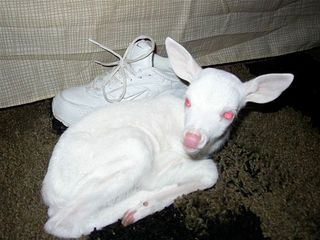
A lack of pigmentation in the irises of albino animals' eyes causes blood vessels to show through, giving them their crimson hue, such as the case with this tiny fawn. Approximately one in every 30,000 deer births is albino.
Alligator
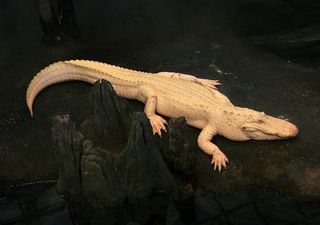
Because they are so pale, albino alligators can get a pink sunburn from being out in direct sunlight for too long. To accommodate them, zoos such as the Knoxville Zoo in Knoxville, Tenn., create heavily shaded habitats with special heat lamps for the pigment-challenged alligators. [See more photos of alligators]
Crocodile
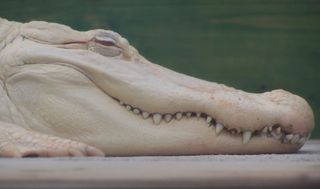
Albino crocodiles are incredibly rare in the wild and have a low survival rate, because, like alligators, their delicate skin can easily become sunburnt and make them sick. Their light color also makes it more difficult to sneak up on prey. However, they thrive in captivity, where they can lounge in the shade and are well fed.
Skunks
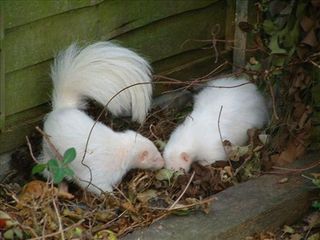
These skunks look much less menacing without their trademark black and white stripes, but their scent glands are just as stinky as their normal counterparts.
Sign up for the Live Science daily newsletter now
Get the world’s most fascinating discoveries delivered straight to your inbox.
Python
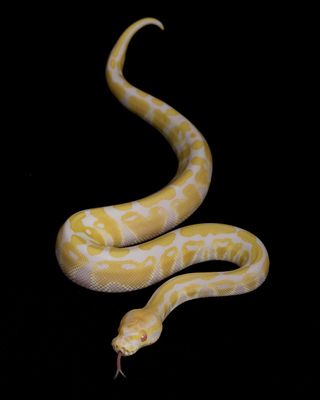
Albino pythons have light yellow patterns on their pale, pinkish-white skin instead of the standard brown and tan designs.
Albino Dolphin

This young albino bottlenose dolphin was observed in June 2007 in Calcasieu Lake, La., which is located just east of the Texas-Louisiana border. The calf was swimming with its mother, who is not albino. Albinism is a recessive gene, so two non-albino parents that are both carriers of the albino gene have a 25-percent chance of having an albino baby.
Hedgehog
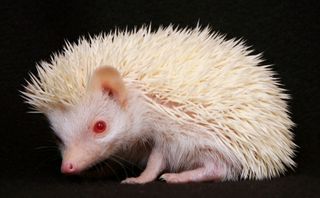
Only one in 10,000 hedgehogs is born albino, with red eyes. Although it seems as though the creamy hue of their spines would make it difficult for them to hide from predators, hedgehogs in the wild often rummage through dirt, which aides in camouflaging their bodies.
Eastern Screech Owl
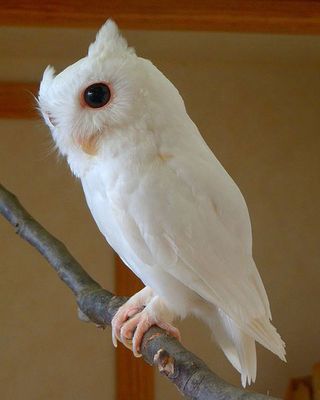
Screech owls normally range in color from gray to rusty brown, with distinct, buttercup-yellow irises. Albino owls, however, have pink skin around their eyes, whose color can range from pink to a dark cherry-red. Pink toes are another indicator of albinism in owls. (Snowy owls are often confused with albino owls, but snowy owls have black specks on their lower bodies and golden eyes that are ringed with black skin.)
Most Popular



